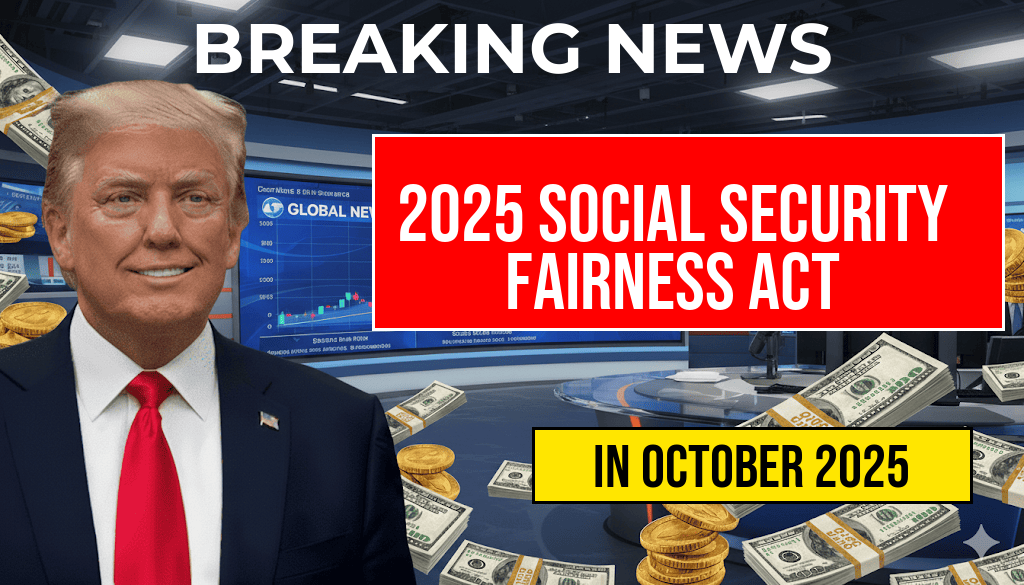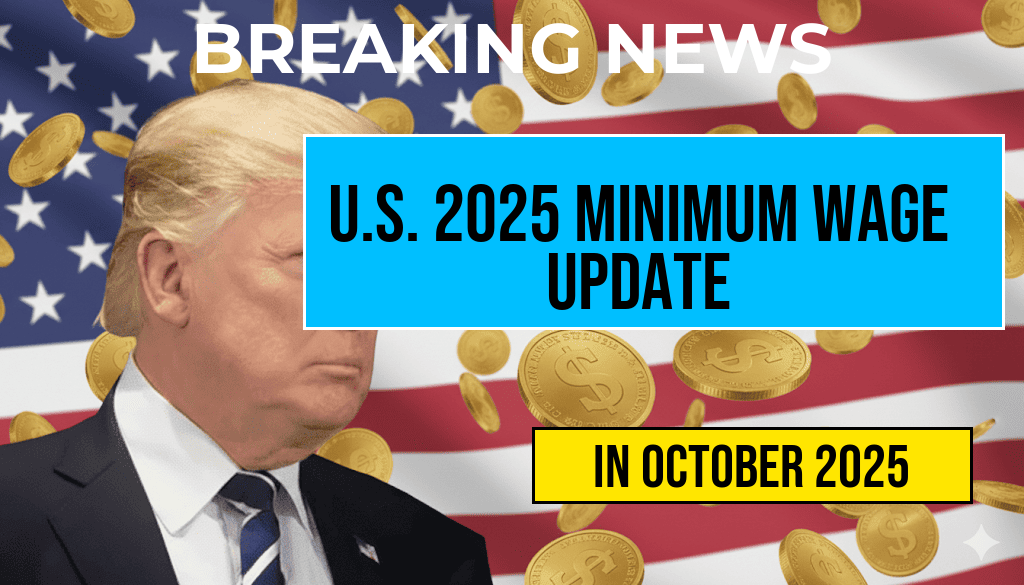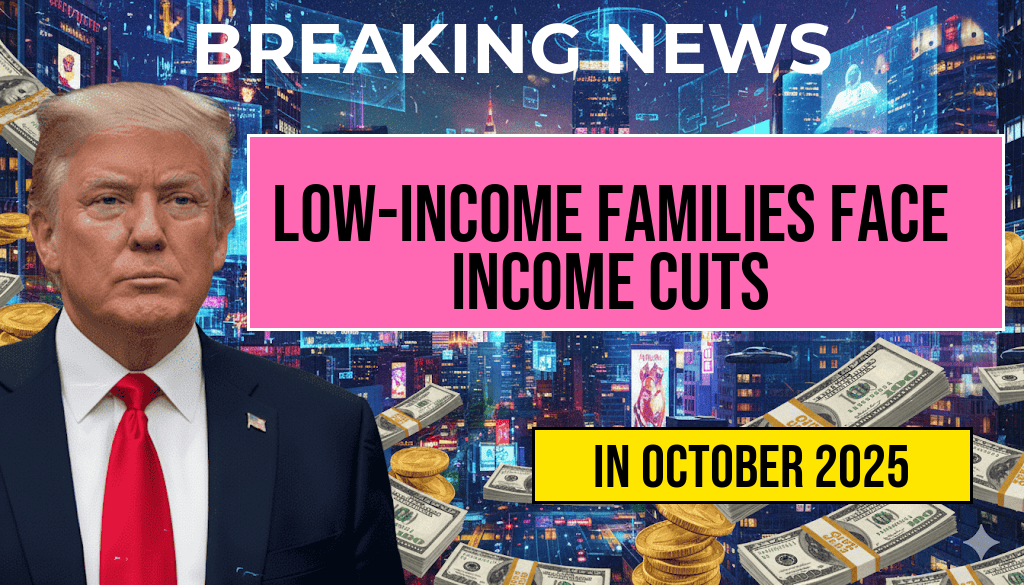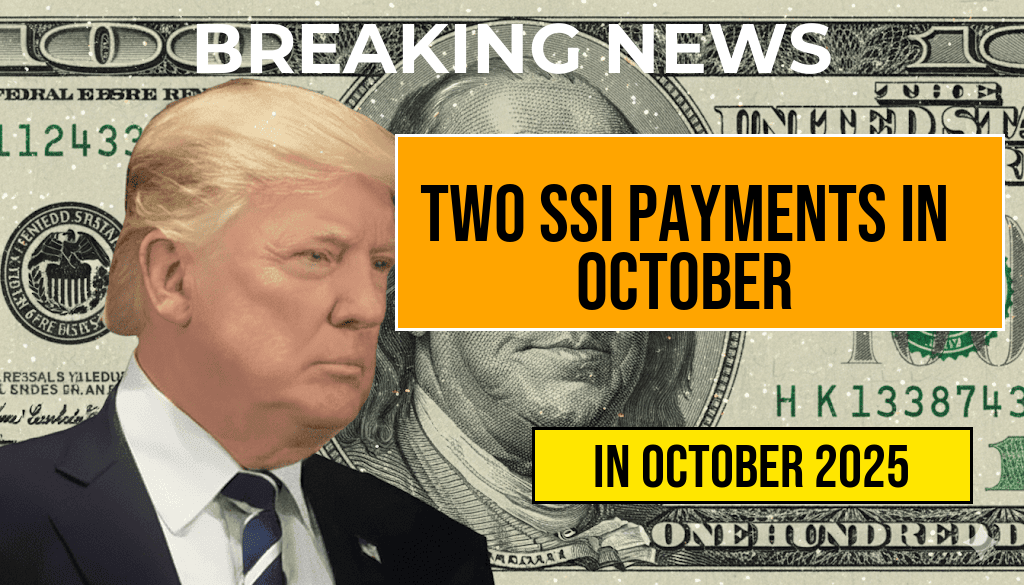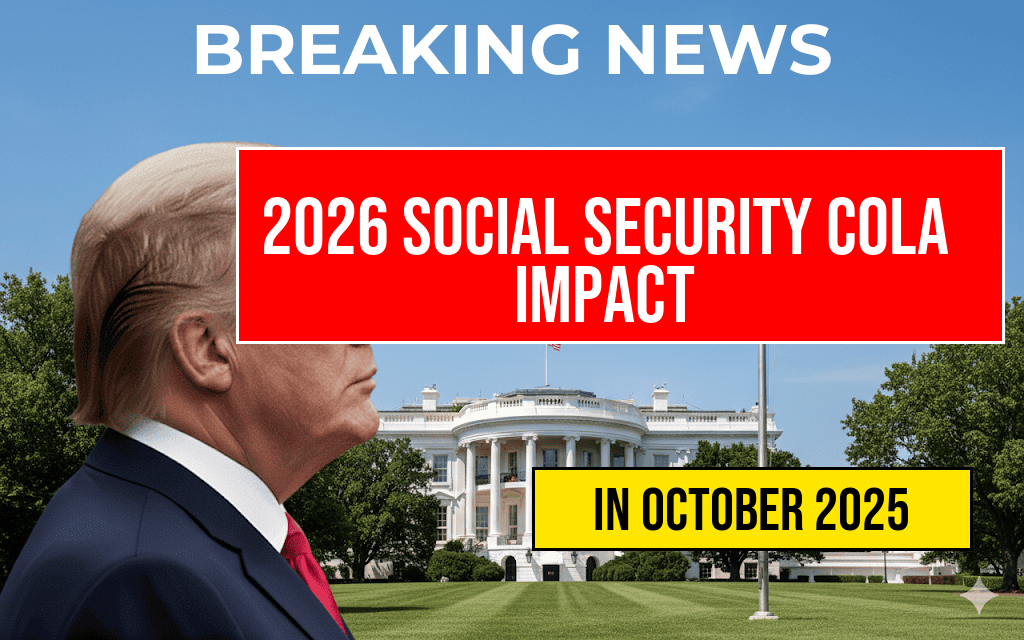The federal minimum wage for 2025 will see a notable increase, with updated hourly pay rates taking effect starting October 4. This adjustment reflects ongoing efforts to keep pace with inflation and ensure workers earn a livable income amid rising living costs. While some states and localities set their own minimum wages, the federal rate establishes a baseline for employees across the country who are covered under federal labor laws. The new rate, which is expected to impact millions of workers, marks a significant shift from previous levels, prompting both employer adjustments and discussions about living wages nationwide.
Details of the 2025 Minimum Wage Increase
Federal Rate Adjustment
The U.S. Department of Labor announced that the federal minimum wage will rise to $12.50 per hour effective October 4, 2024, for the year 2025. This figure represents an increase from the current federal minimum of $12.00 per hour. The adjustment aligns with the Fair Labor Standards Act (FLSA), which mandates minimum wage standards for covered employees. The increase stems from annual inflation adjustments mandated by law, aimed at preserving workers’ purchasing power in the face of economic shifts.
State and Local Variations
While the federal minimum wage sets a nationwide floor, many states and municipalities have established higher rates. For example, California’s minimum wage will reach $15.50 per hour for large employers, whereas New York’s minimum will be $14.20 per hour in certain regions. These local rates often exceed federal standards, reflecting regional economic conditions and cost-of-living differences.
Impact on Employers and Workers
Businesses Adjusting to New Rates
Employers across sectors are preparing for the change, with many updating payroll systems accordingly. Small businesses, in particular, may face challenges balancing increased labor costs with operational budgets. Some companies are considering automation or restructuring to mitigate expenses, while others view the raise as an opportunity to boost employee morale and retention.
Workers Benefiting from the Increase
Millions of workers in low-wage sectors—such as retail, hospitality, and healthcare—stand to see immediate benefits from the higher minimum wage. This boost aims to improve financial stability, reduce reliance on government assistance programs, and promote consumer spending. Advocacy groups argue that such increases are essential for narrowing income inequality and fostering economic growth.
Historical Context and Future Outlook
Past Minimum Wage Trends
| Year | Minimum Wage | Change from Previous Year |
|---|---|---|
| 2000 | $5.15 | N/A |
| 2005 | $5.15 | No change |
| 2009 | $7.25 | Increase |
| 2024 | $12.00 | Increase |
| 2025 (effective October 4) | $12.50 | Increase |
Looking Ahead
Economic analysts suggest that future adjustments will likely depend on inflation trends and legislative actions. Some policymakers advocate for a gradual move toward a $15 federal minimum wage, citing economic benefits and the need for living wages. However, opponents warn of potential job losses or increased costs for consumers. The Biden administration has expressed commitment to supporting wage increases, emphasizing their role in promoting economic fairness and stability.
Additional Considerations and Resources
- Workers and employers can find detailed information about the updated minimum wage policies on the U.S. Department of Labor website.
- For a broader understanding of minimum wage laws across different states, see Wikipedia’s page on U.S. minimum wage laws.
- Labor organizations and advocacy groups continue to push for higher wages and improved worker protections, accessible through various AFL-CIO resources.
Frequently Asked Questions
What is the new minimum wage rate effective October 4, 2025?
The U.S. minimum wage has increased to an updated hourly pay rate starting October 4, 2025. The specific rate varies by state and locality, but it reflects the latest federal and regional adjustments.
Which states or cities have the highest minimum wage rates in 2025?
Several states and cities continue to have the highest minimum wages in 2025, often exceeding the federal minimum. For example, California, Washington, and New York typically lead with rates significantly above the national average.
How does the 2025 minimum wage increase impact employers?
The increase in minimum wage requires employers to adjust their payrolls to ensure compliance. This may lead to increased labor costs, but also aims to promote fair wages for workers across the country.
Are there any exceptions or special rules regarding the 2025 minimum wage?
Yes, certain exemptions or special rules may apply to small businesses, tipped employees, or youth workers. It’s important for employers and employees to review specific state and local regulations for detailed information.
When will the minimum wage rates be reviewed or adjusted again after 2025?
The minimum wage rates are typically reviewed annually, with adjustments based on inflation or legislative changes. Stay informed through official government updates for the latest information beyond 2025.



